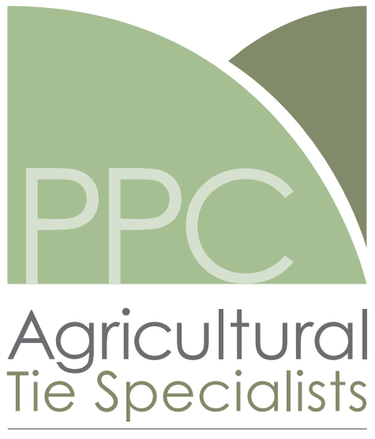Parsonson Planning Consultancy
Removing an agricultural tie is not a straightforward matter and is only likely to be successful where a strong evidence base indicates that there is no longer a sufficient justification to retain the agricultural occupancy condition or planning obligation. What form the evidence base takes will be dependent upon various factors including, for example:
the wording of the condition;
the value of the dwelling when taking account of the effect of the occupancy condition (usually 20-40% below open market value);
the amount of land available with the dwelling;
how the dwelling has been occupied;
the level and type of agriculture in the locality;
the location of the dwelling;
to mention but a few…
Removing an agricultural occupancy condition is a once and for all time event which has the immediate effect of allowing anyone to occupy the dwelling which makes it far easier to sell the property, obtain finance and the ability to command open market value. It can also have an impact on the ability to gain future planning permissions on the property.
Whilst considering the expediency of an application for agricultural tie removal it is also worthwhile to consider if the occupancy condition has been breached or if the planning permission which includes the condition was ever implemented. If the occupancy condition has been breached for a continuous period of ten years or more it might be more appropriate to apply for a Certificate of Lawful Use to certify that the breach of condition has become immune from Enforcement Action and that it is ‘lawful’ for planning purposes. If the property as built deviated from the approved plans by a sufficient degree then the planning permission, including any agricultural occupancy condition would not have been implemented. In this situation it could be appropriate to apply for a Certificate of Lawfulness recognising that the dwelling as built is lawful for planning purposes and is not subject to any planning conditions, including any agricultural occupancy conditions.
If you have a property with an agricultural tie, whether imposed via a planning condition or a planning obligation please contact us to explore the possibilities that may be available to you.
